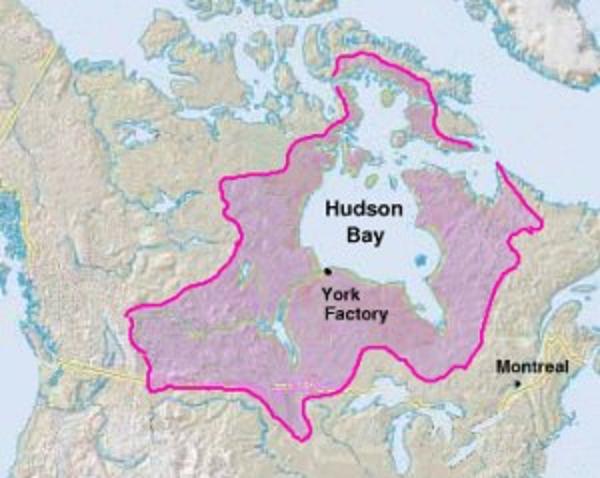And art thou nothing?
Such thou art, as when
The woodman winding
Westward up the glen
At wintry dawn, where
O’er the sheep-track’s maze
The viewless snow-mist
Weaves a glist‘ning haze,
Sees full before him,
Gliding without tread,
An image with a glory
Round its head;
The enamoured rustic
Worships its fair hues,
Nor knows he makes
The shadow he pursues!
(‘Constancy to an Ideal Object,’ Samuel Taylor Coleridge)
The Brocken is the highest peak of Northern Germany. The Brockengespenst (Brocken spectre, Specter of the Brocken) is a common phenomenon on this misty mountain, where a climber’s shadow cast upon fog creates eerie optical effects.
“This beautiful sight is rarely seen in any country, and seldom except at sunrise or sunset, during a fog or cloudy weather. For this reason, the following account of what was seen in August, 1894, on Haleakala, written by Miss Lillie A Brown, one of the ladies who witnessed it and who were accompanied with a guide, possesses great interest:”
“‘We arrived at the brink of the crater (August 20, 1894, 5pm,) just in time to witness not only a marvelously glorious sunset above the clouds, but the Specter of the Brocken as well —a wonderful phenomenon, which comparatively few have ever been privileged to behold, at least as perfect as we saw it.’”
“‘Upon our approach to the summit, we found the crater completely filled with an unbroken, sheeny, silvery, misty cloud, obliterating every physical feature, and reaching itself above the horizon to sky-clouds of the same nature, so that above and below and around us was but cloud-world.’”
“‘Directly opposite us, as we stood together on the same rock, there suddenly appeared, suspended in this cloud, a rainbow, gorgeous in color, forming a complete circle, and enclosing, as in a hanging frame, three figures, many times larger than life, which we soon discovered to be our own reflected images.’”
“‘To test the reality of the apparition, we waved our hats and handkerchiefs, and our silhouetted images waved back to us out of the centre of the gorgeous rainbow frame, our reflected motions seeming to shoot off rays of color, in effect something like that of a search light.’”
“‘Five times this phenomenon appeared and disappeared, on each successive occasion losing somewhat of its brilliancy of color. The suspended rainbow, ourselves on the crater’s edge, and the sun’s fiery ball – in our rear, were all perpendicular to the same horizontal plane.’”
“‘As the rainbow gradually faded from our vision, we turned; the sun was setting in great billowy clouds, with gorgeous masses of color above it. To our right – I can compare it only to a vast rolling Arctic plain – lay great strata of clouds as far as the eye could see …’”
“‘… so like a white frozen country that it required but a slight effort of the imagination to people it with furclad humanity, the reindeer, and the Arctic bear, or to imagine ourselves being fleetly sledged over its glistening snows.’”
“‘Above this new strange cloud world was the blue dome of heaven, making far away with the white plain, a distant elevated horizon.’”
“‘Again we turned our faces to the crater. The silvery, misty cloud had rolled partly out, giving us a glimpse of the great depth of the yawning chasm below us, several of the great blow holes, and far beyond, just for one moment, we saw the blue sea of Hawaii over the further ridge’”
“‘Then darkness enveloped the great crater in her mantle, and we groped our way down from the rocks to the overhanging cliff which was to be our shelter for the night.’” (Whitney, 1895)
Specter of the Brocken appears when a low sun is behind a person who is looking downwards into mist from a ridge or peak. The “specter” is the shadowy figure – the glow and rings are of course a glory centered directly opposite the sun at the antisolar point.
It is no more than the shadow of the person projected forward through the mist. All shadows converge towards the antisolar point where the glory also shines. (Atmospheric Optics)

















